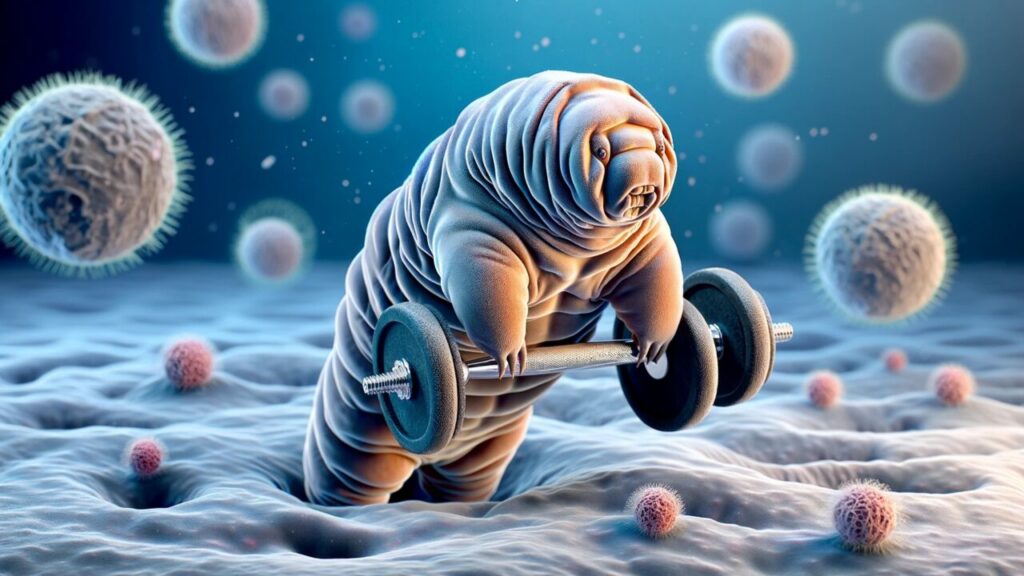Scientists have unraveled how tardigrades, microscopic creatures often dubbed “nature’s superheroes,” survive lethal levels of radiation. These tiny beings dramatically enhance their DNA repair capabilities, allowing them to survive even high doses of radiation.
The science behind tardigrades’ radiation resilience revealed
A research team led by biologist Courtney Clark Hachtel from North Carolina University exposed the creatures to gamma rays in a laboratory setting to study how these creatures cope with radiation. Here are the detailed findings of the research:

- DNA Repair: Researchers discovered that the activity of DNA repair genes in tardigrades significantly increases after exposure to radiation. The products of these genes become extremely dominant within the microscopic structures of tardigrades and quickly repair damage caused by radiation.
- Role of Dsup Protein: The researchers identified the presence of the Dsup protein, which protects DNA in some species of tardigrades. However, it was determined that this protein did not act as a trigger against radiation in the H. exemplaris species of tardigrades.
- Escherichia coli Experiments: Scientists transferred tardigrade repair genes to Escherichia coli bacteria, demonstrating that these bacteria could repair their DNA when exposed to radiation, similar to tardigrades. This showed that the radiation resistance genes of tardigrades could be transferred to other organisms.
These findings have helped us understand the mechanisms underlying the radiation resilience of tardigrades and have opened up paths for future scientific research. Additionally, this information could potentially be used to develop methods to protect other organisms, including humans, from radiation.
The results of this research have been published in the journal “Current Biology,” sparking a new discussion in the scientific community. This creatures’ extraordinary ability could inspire potential applications across a wide range, from space research to medical treatments.
What do you think about these findings? You can write your thoughts in the comments section below.














